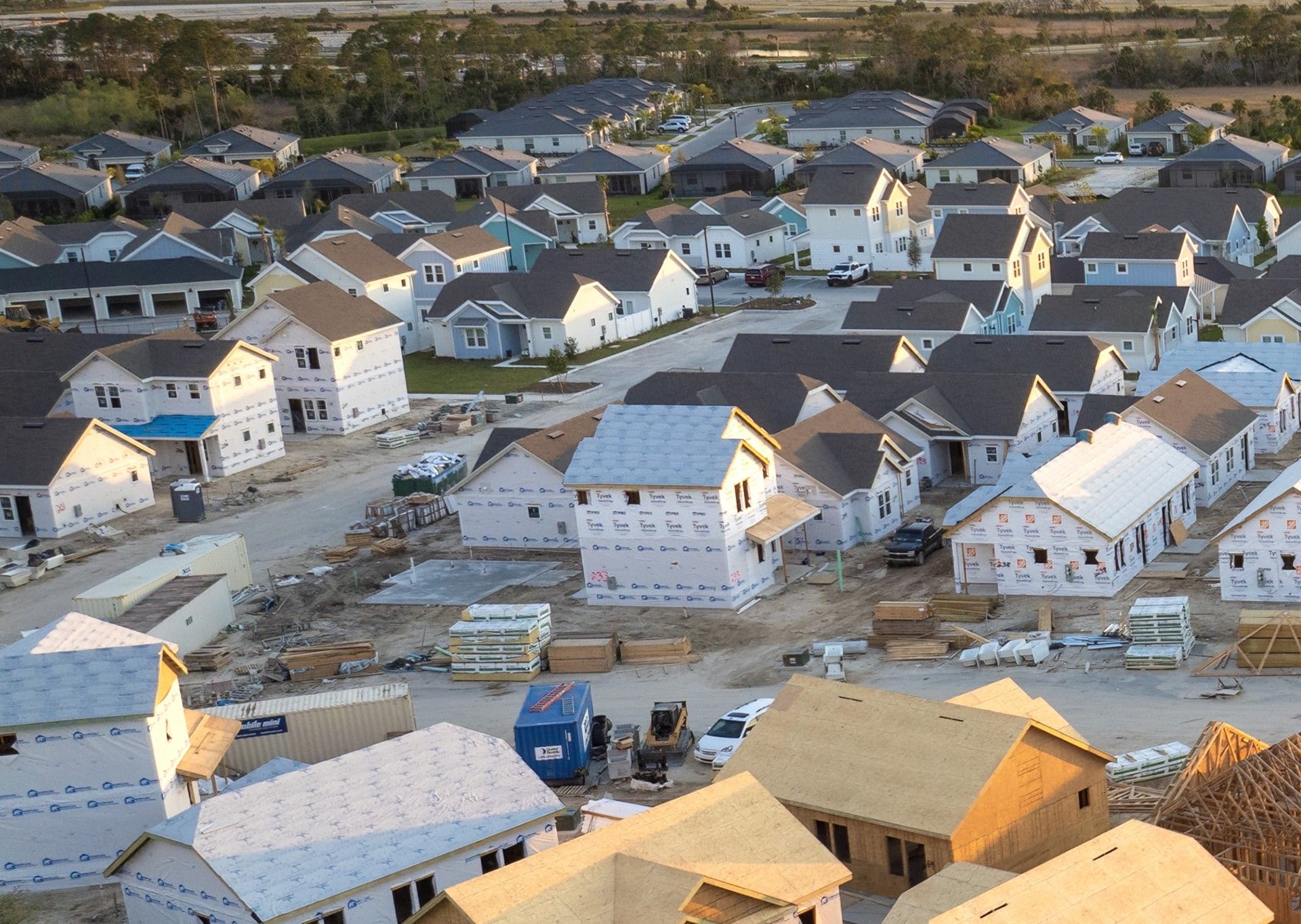Complex, High-Stakes, and Evolving Blind Spots
Risk strategies must be equally sophisticated and forward thinking.
Fortifying Commercial Real Estate: Strategic Insurance for Maximum Protection
Investing in commercial properties carries a spectrum of risks, from physical damage to tenant disputes, environmental liabilities, and emerging technological threats. The savvy real estate investor understands that protecting assets goes beyond conventional coverage—it requires a comprehensive, forward-thinking insurance strategy. This resource page examines essential insurance solutions for commercial real estate owners and operators seeking to safeguard their properties, revenue streams, and long-term portfolio value.
Property Insurance: Safeguarding Core Assets
Commercial buildings—from office towers to industrial warehouses—face daily exposure to hazards like fire, theft, vandalism, and natural disasters. Property insurance is the foundation of portfolio protection, covering both structural damage and interior contents, including fixtures, equipment, and tenant improvements.
Key Insights:
- Tailored Coverage Matters: All-risk policies provide broad protection, while named-peril policies focus on specific hazards. Customization ensures protection aligns with unique building characteristics and operational needs.
- Portfolio Scale Considerations: Large investors often manage multiple properties across jurisdictions—consistent, harmonized coverage prevents gaps and conflicting policy terms.
- Pinch: Without strategic property insurance, a single event—like a fire in a high-value retail center—could trigger catastrophic financial losses and disrupt tenant operations across your portfolio.
General Liability: Defending Against Third-Party Exposure
Owners are responsible for safety and operational integrity on their properties. General liability insurance mitigates risks from accidents or property damage involving tenants, visitors, and contractors.
Key Insights:
- Tenant and Visitor Safety: From a slip in a lobby to accidental damage during maintenance, claims can escalate quickly.
- Legal and Reputation Protection: Coverage addresses legal defense costs, settlements, and maintains tenant confidence in your operational reliability.
- Pinch: Insufficient liability coverage leaves owners personally and corporately vulnerable—an unexpected lawsuit can jeopardize not just one property, but the entire portfolio’s financial stability.
Tenant Disputes and Eviction Coverage: Navigating Complex Relationships
Tenant disputes, late payments, and eviction proceedings are inevitable in commercial real estate. Tenant discrimination and eviction insurance shields owners from legal and financial exposure associated with tenant claims.
Key Insights:
- Evolving Compliance Landscape: Local and federal regulations surrounding landlord-tenant interactions are dynamic. Insurance ensures compliance while covering defense costs.
- Financial Safeguard: Policies help manage potential settlements, court costs, and attorney fees—preserving rental income and operational stability.
- Pinch: Even a single contested eviction or discrimination claim can escalate into a costly multi-property challenge, threatening revenue and investor confidence.
Business Interruption: Maintaining Revenue During Downtime
Unexpected events—fires, floods, or natural disasters—can halt rental income and operations. Business interruption insurance protects against lost income and operational expenses when properties become temporarily uninhabitable.
Key Insights:
- Coverage Beyond Physical Damage: Includes rental loss, utility interruptions, and additional operational costs during recovery periods.
- Portfolio-Level Importance: Multiple tenants or complex leases necessitate precise coverage to avoid gaps in income protection.
- Pinch: Without interruption insurance, rebuilding timelines can cripple cash flow, create tenant dissatisfaction, and jeopardize long-term portfolio performance.
Cyber Liability: Protecting Digital Infrastructure
Commercial real estate increasingly relies on digital platforms for tenant management, access control, and lease processing. Cyber liability insurance protects against breaches, ransomware, and digital fraud.
Key Insights:
- Smart Building Vulnerabilities: Hacked systems can cause operational shutdowns, legal exposure, or tenant disputes.
- Data and Financial Safeguard: Coverage ensures remediation of stolen data, recovery of compromised systems, and legal costs related to breaches.
- Pinch: A cyberattack can freeze multiple properties simultaneously, resulting in revenue loss, litigation, and reputational damage—making cyber coverage essential, not optional.
Environmental Liability: Navigating Sustainability and Compliance
Environmental risks—from contamination to regulatory non-compliance—are a growing concern for commercial properties. Environmental liability insurance mitigates financial consequences arising from pollution, cleanup, and evolving sustainability standards.
Key Insights:
- Regulatory Pressures: ESG initiatives, LEED certification requirements, and local environmental laws increase potential exposure.
- Hidden Risks: Older properties or mixed-use developments may harbor latent environmental liabilities.
- Pinch: Failure to manage environmental exposure can result in multi-million-dollar remediation costs, regulatory fines, or portfolio devaluation.
Natural Disaster Coverage: Preparing for Catastrophic Events
From hurricanes and floods to earthquakes and wildfires, extreme weather events are increasingly frequent and unpredictable. Disaster coverage protects property, tenants, and rental income against climate-related losses.
Key Insights:
- Localized Risk Modeling: Tailor policies based on regional threats to ensure sufficient coverage.
- Loss Mitigation Beyond Property: Include rental loss, debris removal, and rebuilding costs.
- Pinch: Without proper coverage, a single catastrophic event can erode years of portfolio gains and disrupt tenant operations, making region-specific disaster insurance a critical safeguard.
Market Fluctuation & Investment Risk: Insuring Against Volatility
Commercial real estate values and rental yields fluctuate due to economic cycles, interest rates, and shifting demand. Investment risk insurance protects owners against declines in property values or income.
Key Insights:
- Hedge Against Downturns: Provides financial buffer in periods of economic instability, helping sustain portfolio stability.
- Investor Confidence: Supports long-term strategy and financing agreements by mitigating volatility-related risk.
- Pinch: Unprotected portfolios are vulnerable to economic shocks—market fluctuations can compound other operational losses, threatening overall asset viability.
Conclusion: Comprehensive Protection for Long-Term Real Estate Success
Owning and operating commercial real estate is a complex, high-stakes endeavor. From traditional property and liability coverage to emerging cyber, environmental, and market risks, investors must adopt an integrated, forward-looking insurance strategy. Partnering with an experienced broker ensures tailored coverage that preserves assets, income, and reputation, safeguarding portfolios against the uncertainties of an evolving market.
Photo by Avi Waxman on Unsplash


